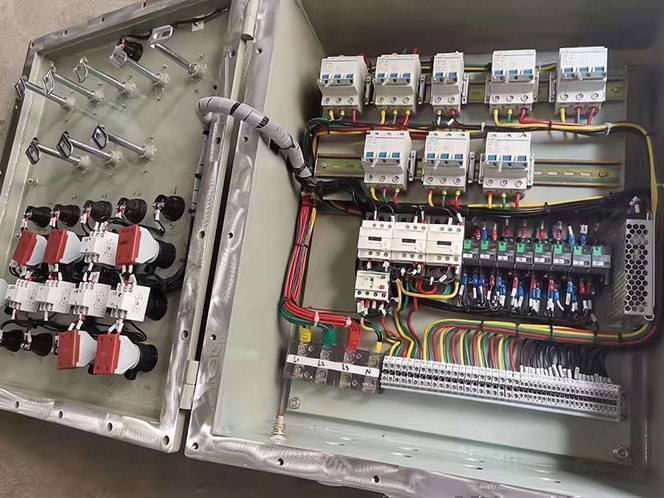Water often enters explosion-proof control boxes during heavy rains, and in moist environments, the thermal expansion and contraction of electrical components and pipes allow for “breathing.” Analyzing why water infiltrates these boxes can help in devising preventative measures.

A common issue is that some explosion-proof control boxes do not have sealing rings, making them susceptible to water ingress. The primary reasons for leakage include failures of the sealing surface, fastening bolts, and sealing rings.
1. When installing explosion-proof control boxes horizontally, avoid using countersunk bolt holes. Instead, fill the bolt holes with grease or another suitable material to block water entry.
2. To reduce corrosion and enhance the water resistance of the explosion-proof layer, apply phosphating paste or anti-rust oil to the explosion-proof surface.
3. The maintenance of explosion-proof control boxes requires strict adherence to avoid unnecessary repairs from bolt fractures on the enclosure. Use through-holes rather than threaded holes to ease the cleaning of foreign materials and debris.
4. Ensure that sealing gaskets are intact and flexible, and correctly positioned during installation. Avoid using sealing rings with joints.
5. The bolts on the enclosure must be tightened uniformly. This task should be conducted with diligence, particularly when using stainless steel bolts, which, while aesthetically pleasing and rust-resistant, are prone to deformation and may not achieve the required torque, resulting in gaps that compromise the explosion-proof integrity.
 Shenhai Explosion-Proof
Shenhai Explosion-Proof
